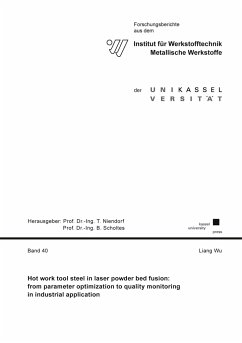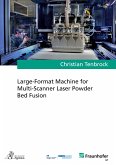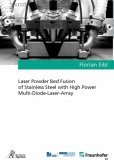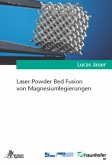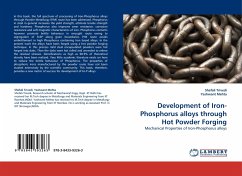This dissertation thesis focuses on applying the powder bed fusion with laser beam (PBF-LB) technology on hot work steel. It aims at achieving comparable properties with the products from the traditional manufacturing route. Using the reference powder H13, the influence of various factors, i.e., laser settings (such as laser power and scan speed) and machine settings (such as preheating) on the melting pool morphology and printing defects, is intensively investigated to check the feasibility of printing H13 components through PBF-LB technology and finally optimize the fabrication parameters for high-quality printing in lab-scale size. Furthermore, the consecutive research on the impact of the post-treatment, machine sensitivity, and powder condition provides a basis for scaling up the process and offers industrially usable products with adequate properties. Furthermore, after assessing the defects during the investigation, the classification of the defects deepens the understanding of the material-laser interaction. The mechanism for stress-lead cracks can guide the development of new types of material applied to the PBF-LB process, especially carbon-bearing steel. Finally, based on the mechanism of defect generation, the principle of the real-time defect-based monitoring system is proposed. After recognizing defects and assembling discrete points, the digital twin is established from various monitoring signals, which can be applied for on-time quality assurance without destructive testing.
Bitte wählen Sie Ihr Anliegen aus.
Rechnungen
Retourenschein anfordern
Bestellstatus
Storno

